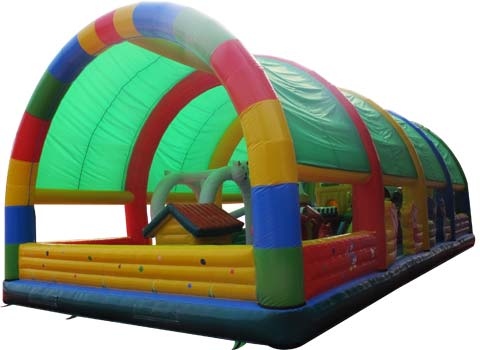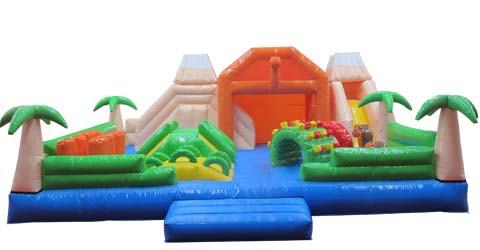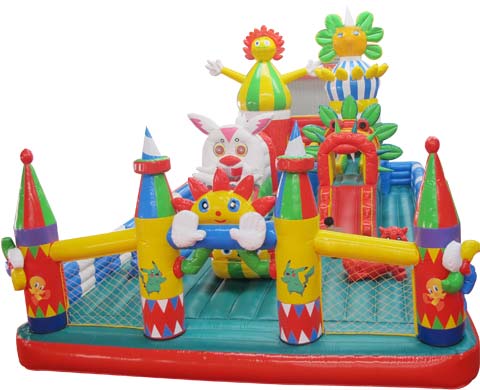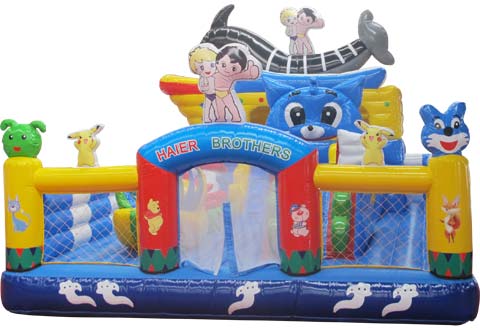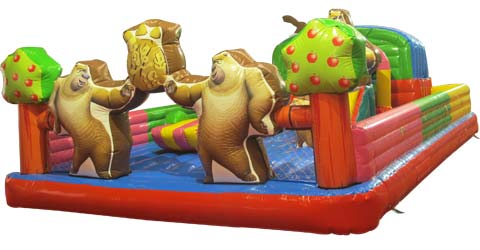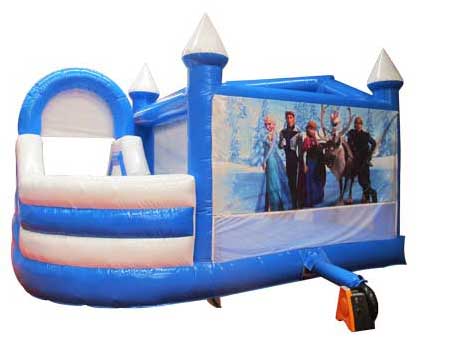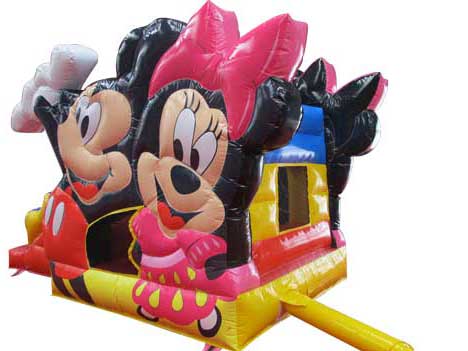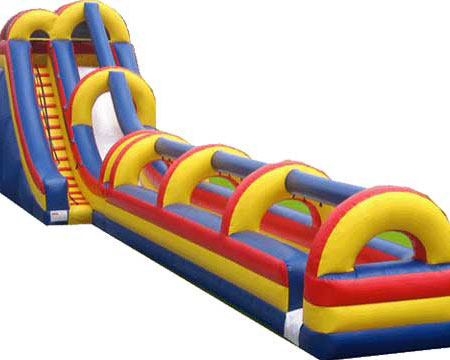Investing in a Ferris wheel amusement ride offers a unique opportunity to capitalize on the enduring popularity of theme park attractions. These towering structures have a rich history and continue to attract families and thrill-seekers alike. However, several pivotal factors must be meticulously assessed before making such an investment. This article delves into the essential considerations for stakeholders interested in the lucrative amusement ride sector, specifically focusing on Ferris wheels.
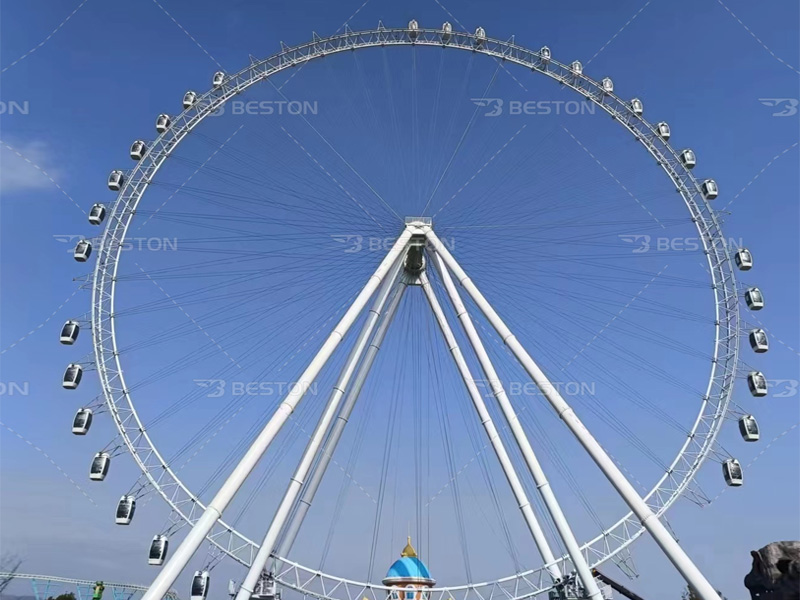
106M giant ferris wheel for sale
Understanding the Amusement Ride Market
The amusement ride market is a multifaceted industry characterized by diverse offerings that cater to various demographics. From exhilarating roller coasters to the whimsical charm of a small Ferris wheel, each ride plays a significant role in enhancing the overall visitor experience at theme parks and carnivals. A thorough comprehension of current market trends, consumer preferences, and seasonal variations is paramount for any investor aiming to succeed in this competitive arena.
Before embarking on the investment journey, one must conduct extensive market research. This research should include an analysis of competing theme park rides, visitor demographics, and the geographical region where the Ferris wheel will be installed. Understanding the target audience and their specific interests can significantly influence the design and features of the Ferris wheel. For instance, a family-oriented park may benefit from a small Ferris wheel designed to accommodate younger children, ensuring a safe and enjoyable experience.
Regulatory and Safety Standards
Safety regulations and industry standards are critical considerations when investing in amusement rides. Ferris wheels must adhere to stringent safety guidelines set forth by local, state, and federal agencies. Investors must familiarize themselves with these regulations to ensure compliance and protect patrons. This includes evaluating the structural integrity of the ride, the materials used in construction, and the safety mechanisms implemented in the design.
Additionally, ongoing maintenance and inspections are crucial to maintaining the operational safety of a Ferris wheel. Establishing a relationship with reputable manufacturers and engineers who specialize in amusement rides can facilitate the development of a comprehensive maintenance plan. Regular inspections and updates will help to mitigate potential safety hazards, thus fostering a safe environment for riders.
Financial Considerations
The financial aspect of investing in a Ferris wheel is perhaps one of the most complex components of the decision-making process. Initial capital investment can vary significantly based on the size and specifications of the ride. A small Ferris wheel may require a lower upfront investment, making it a more accessible option for novice investors or smaller amusement venues. Conversely, larger, more elaborate Ferris wheels necessitate a substantial financial commitment, which may include costs associated with land acquisition, construction, permits, and ongoing operational expenses.
Moreover, potential revenue streams must be thoroughly evaluated. Ticket pricing, operational hours, and seasonal fluctuations can influence profitability. Investors should develop a comprehensive financial model that accounts for all potential revenue and expense factors, allowing for informed decision-making. The ability to project cash flow accurately can help secure financing and attract potential investors.

Design and Aesthetic Appeal
The design of a Ferris wheel is not merely a matter of functionality; it plays a crucial role in attracting visitors. A visually striking design can create a memorable landmark within a theme park, enhancing the overall aesthetic appeal of the venue. Investors should collaborate with experienced designers who understand the nuances of creating an eye-catching ride that resonates with the target audience.
In addition to aesthetic considerations, the design must also prioritize rider comfort and experience. Comfortable seating, panoramic views, and smooth operation are paramount to ensuring that visitors enjoy their time aboard the Ferris wheel. Incorporating modern technology, such as interactive elements or themed gondolas, can further elevate the overall experience and attract a diverse audience.
Location and Site Selection
Location is a critical factor in the success of any amusement ride. The chosen site for a Ferris wheel must be strategically positioned to maximize visibility and accessibility. High foot traffic areas within a theme park or carnival can significantly enhance the ride’s potential for attracting visitors. An ideal location will also consider factors such as proximity to complementary attractions and amenities, ensuring that visitors can easily incorporate the Ferris wheel into their overall experience.
Moreover, local demographics and market research should inform site selection. Understanding the preferences and behaviors of the surrounding community can guide decisions about ride size, design, and pricing. Engaging with local stakeholders and conducting feasibility studies can provide valuable insights into the potential success of the investment.
Marketing and Promotion Strategies
Once the Ferris wheel is installed, effective marketing strategies are crucial for attracting visitors. An integrated marketing approach that encompasses both online and offline channels can help raise awareness and generate excitement. Leveraging social media platforms, targeted advertisements, and community engagement initiatives can enhance the ride’s visibility and draw crowds.
Promotional activities, such as special events or themed nights, can also boost attendance. Collaborating with local businesses and organizations can create mutually beneficial partnerships that promote both the Ferris wheel and the broader amusement park experience. Additionally, implementing loyalty programs or discounted group rates can incentivize repeat visits and foster customer loyalty.
Conclusion
Investing in Ferris wheel amusement rides presents a compelling opportunity within the vibrant amusement ride market. However, prospective investors must consider a myriad of factors, including market research, safety regulations, financial implications, design aesthetics, site selection, and marketing strategies. By approaching the investment process with diligence and foresight, stakeholders can capitalize on the timeless appeal of Ferris wheels and contribute to the enchanting world of amusement rides.

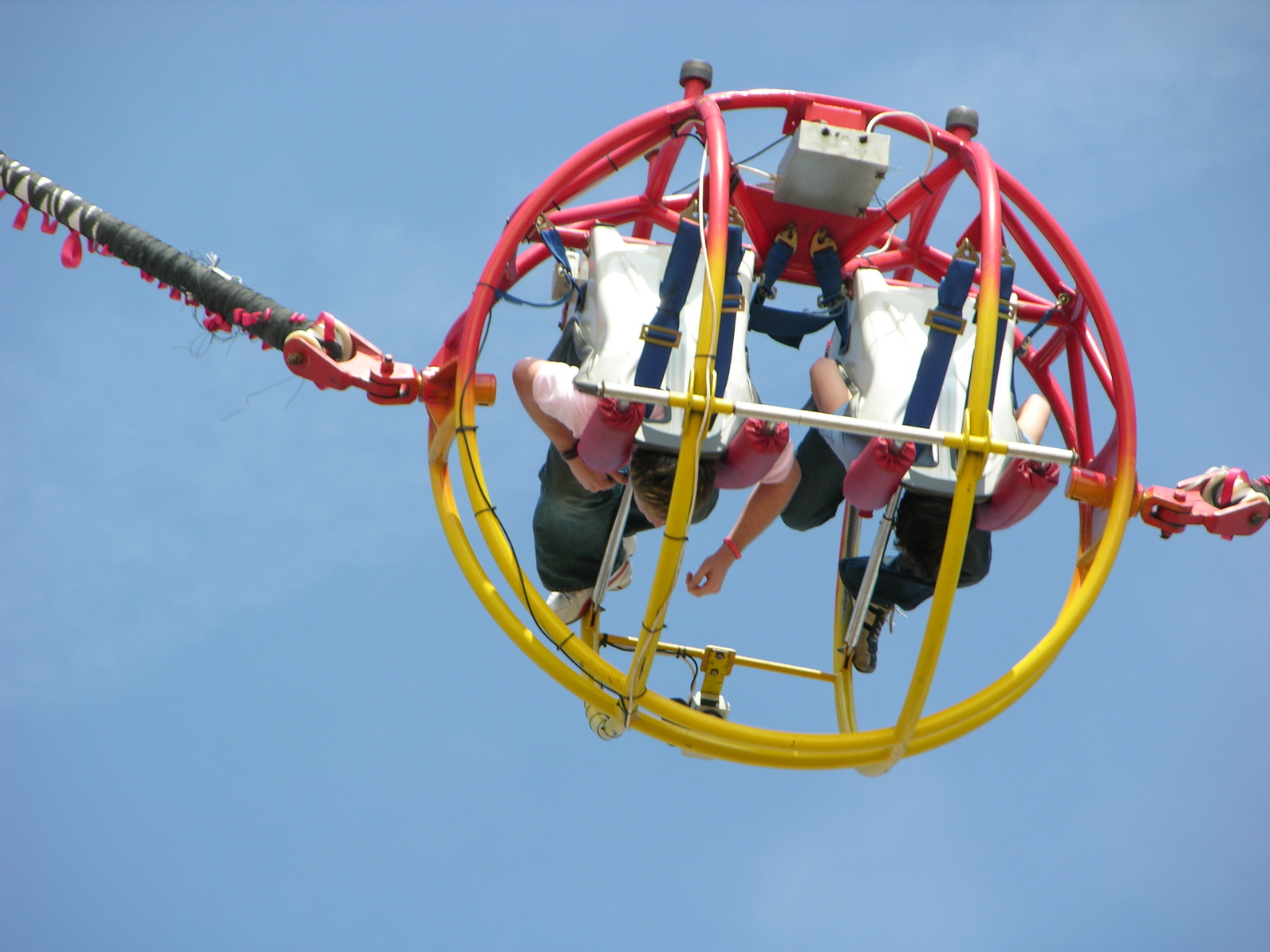
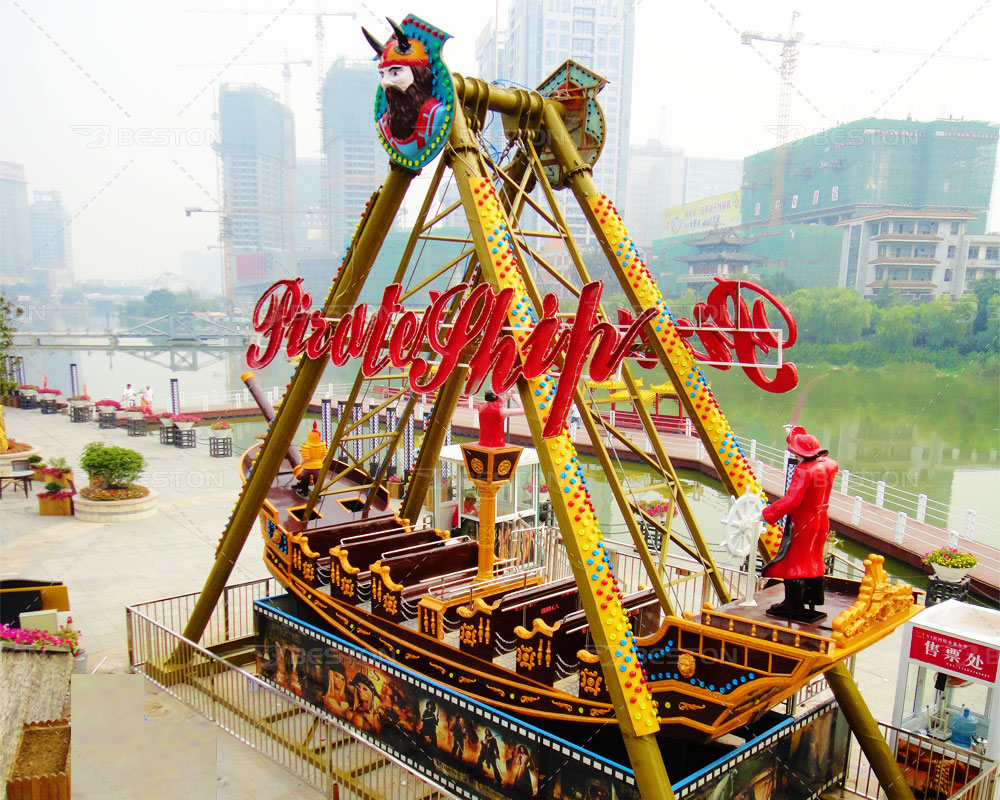
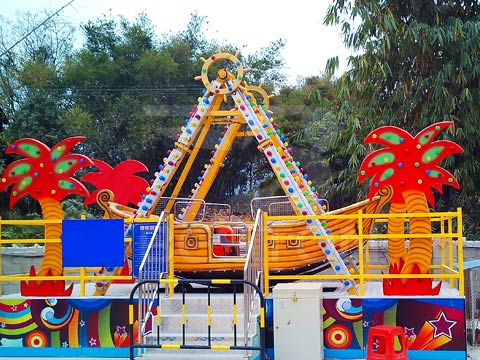
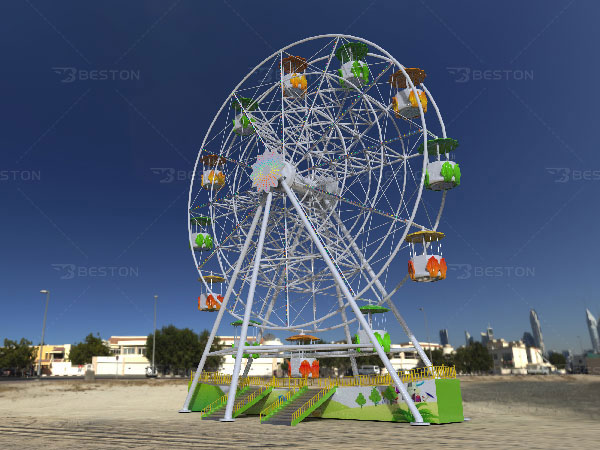
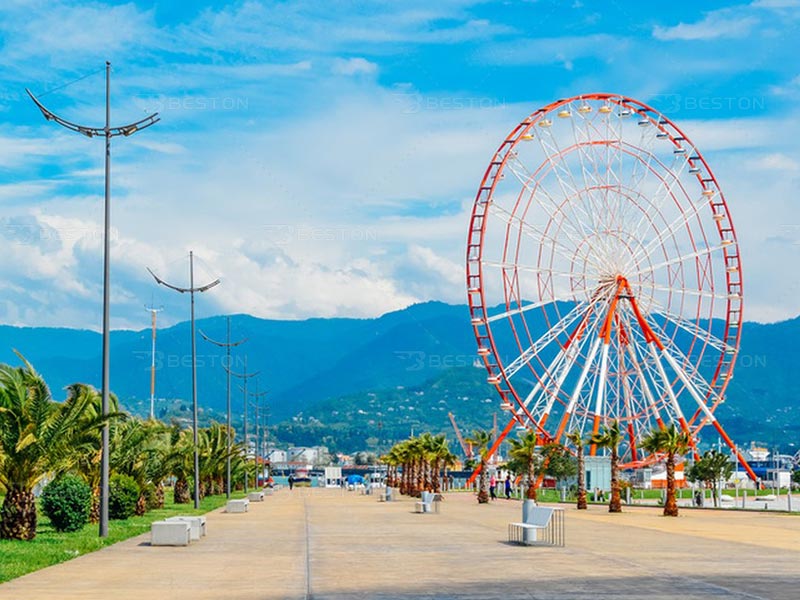
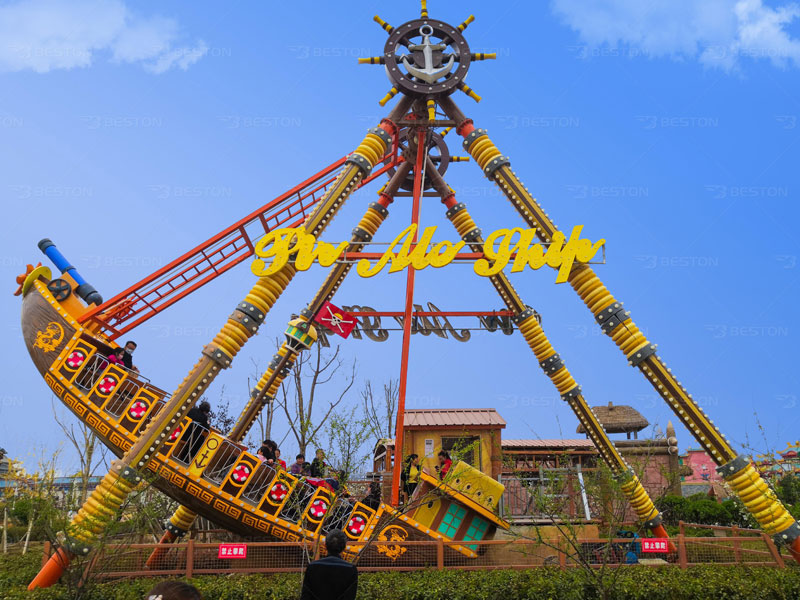
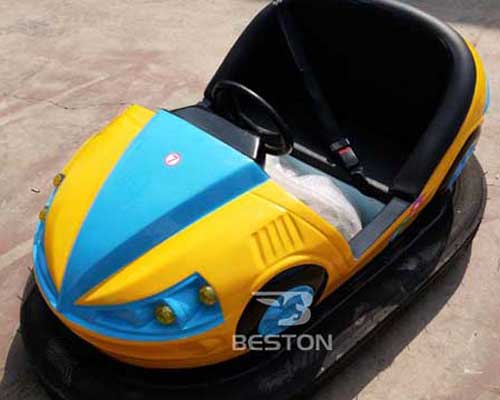
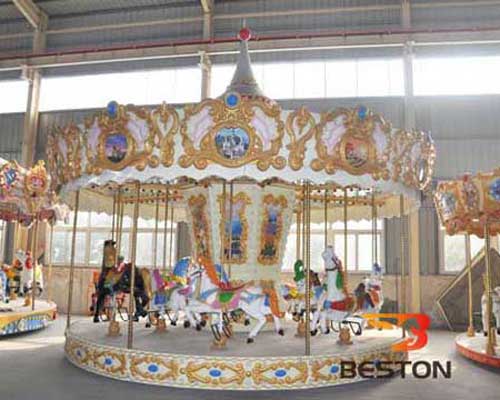
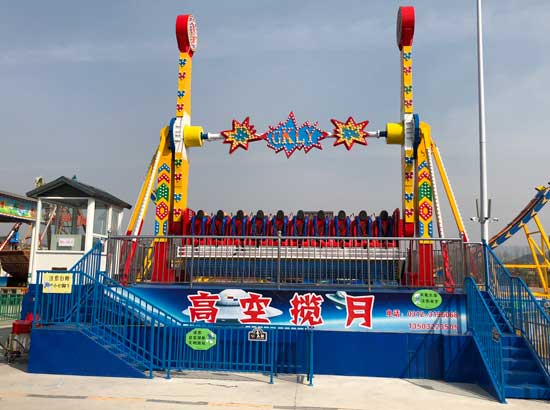
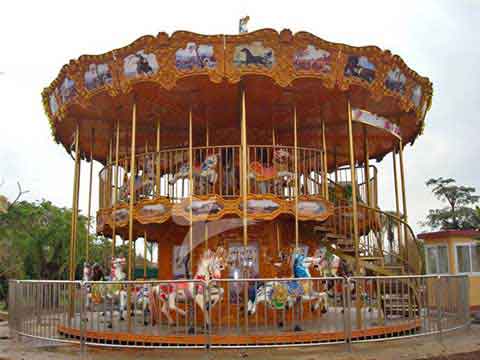
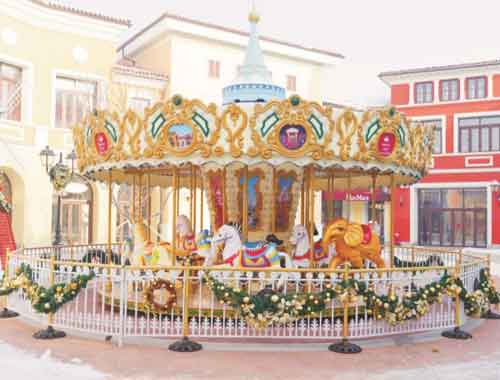
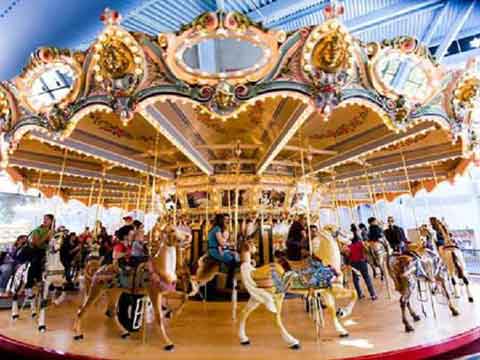
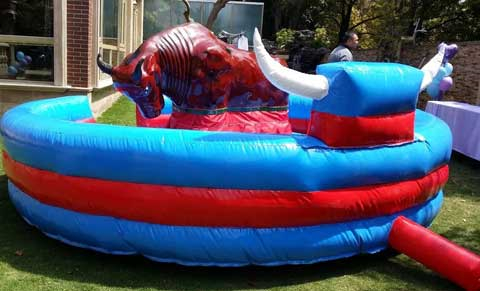

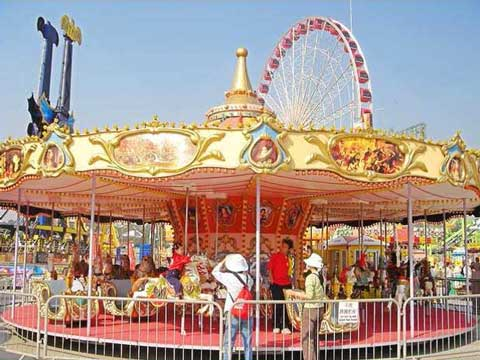
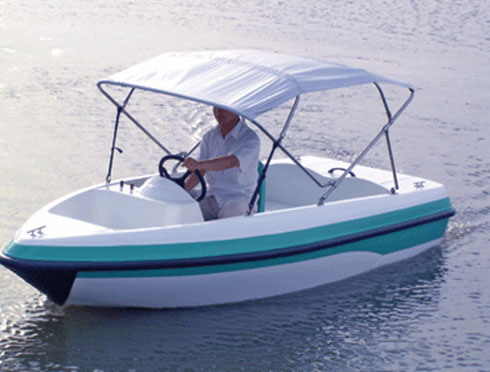

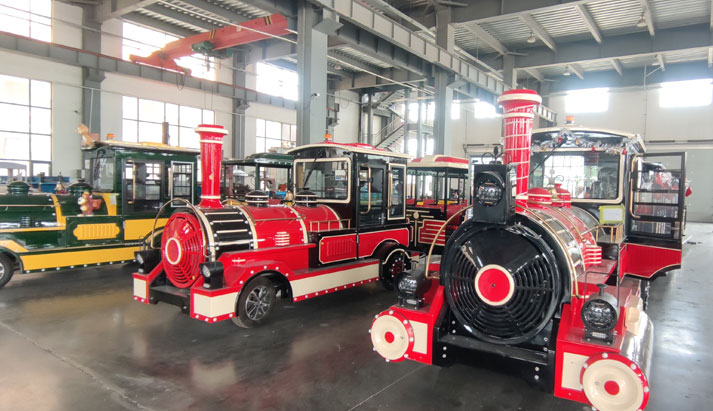
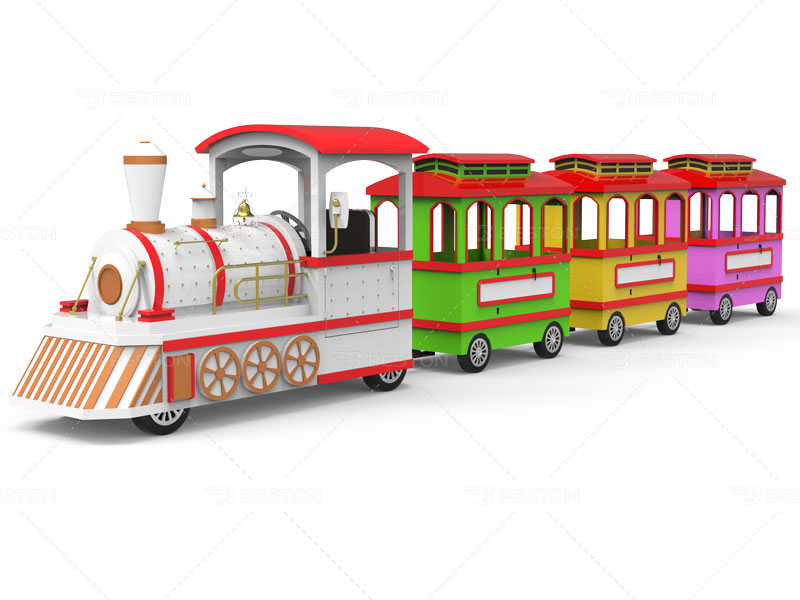
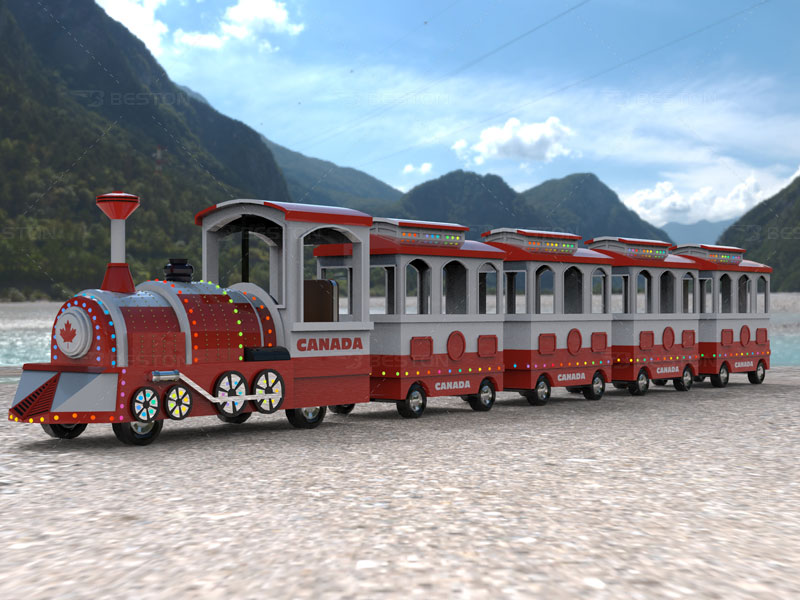
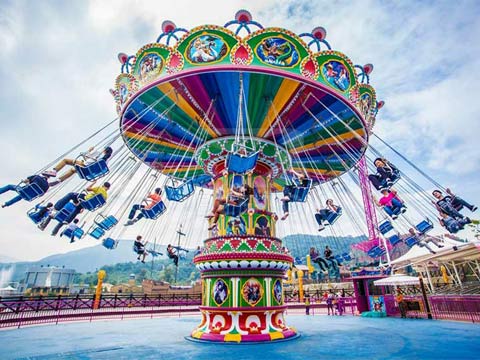
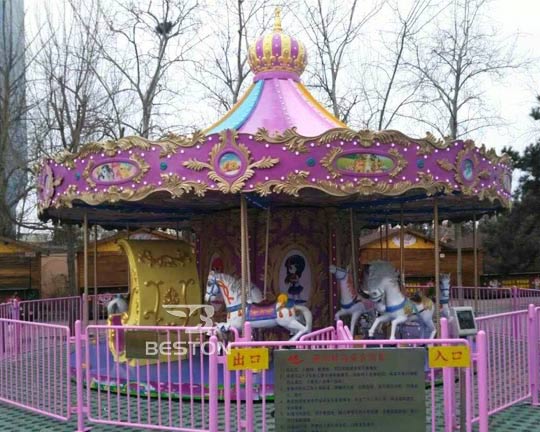 Firstly, in order to decide which rides are the most suitable owners and management need to understand the difference between a carnival and a fairground. Although the lines between the two have blurred somewhat over the last few generations, there are some differences that are still important to understand.
Firstly, in order to decide which rides are the most suitable owners and management need to understand the difference between a carnival and a fairground. Although the lines between the two have blurred somewhat over the last few generations, there are some differences that are still important to understand.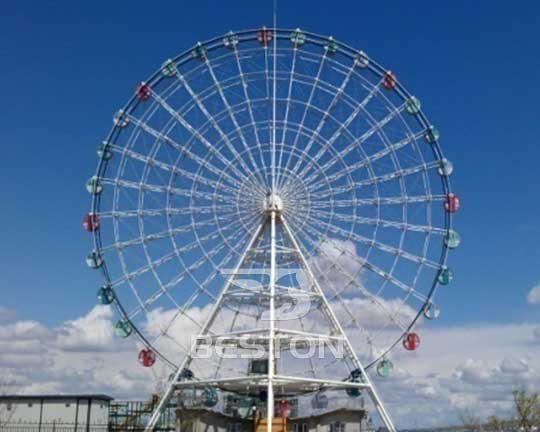 SO what are the implications for the management of these two attractions when it comes to selecting rides? firstly, and most obviously the traveling carnival will need to ensure that the rides it supplies can be easily transported. rides such as bumper cars, carousels and even trailer-mounted Ferris wheels are ideal (and ever-popular) choices. The rides should be low maintenance due to the sometimes harsh conditions of travel and they need to be easily assembled and disassembled.
SO what are the implications for the management of these two attractions when it comes to selecting rides? firstly, and most obviously the traveling carnival will need to ensure that the rides it supplies can be easily transported. rides such as bumper cars, carousels and even trailer-mounted Ferris wheels are ideal (and ever-popular) choices. The rides should be low maintenance due to the sometimes harsh conditions of travel and they need to be easily assembled and disassembled.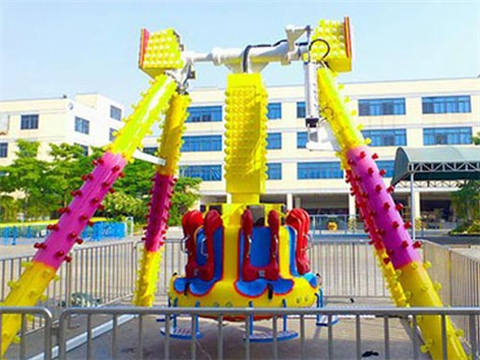
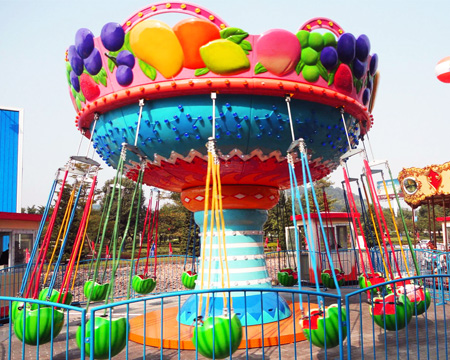


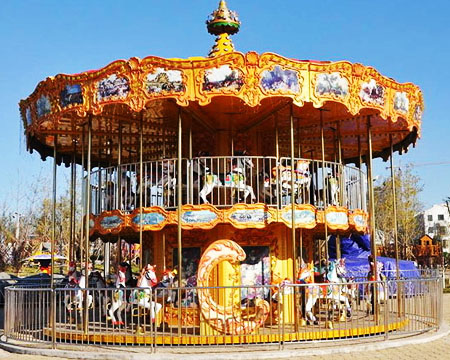
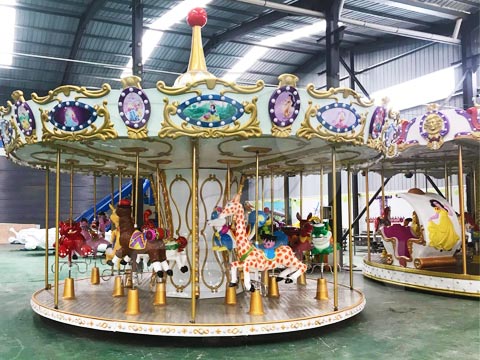
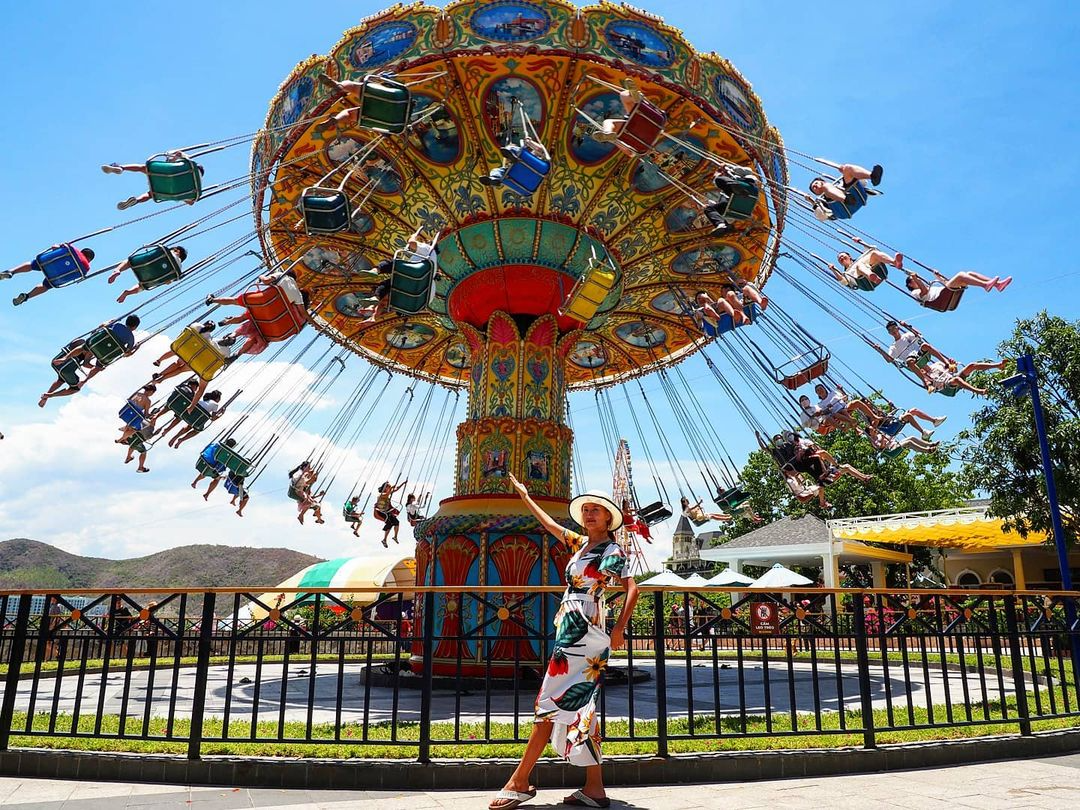
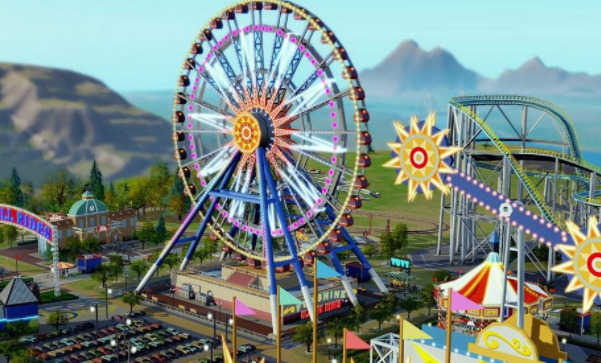
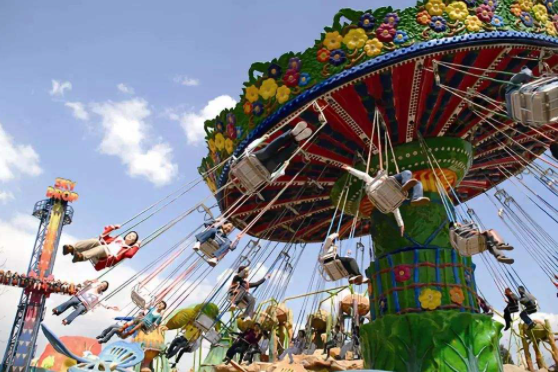
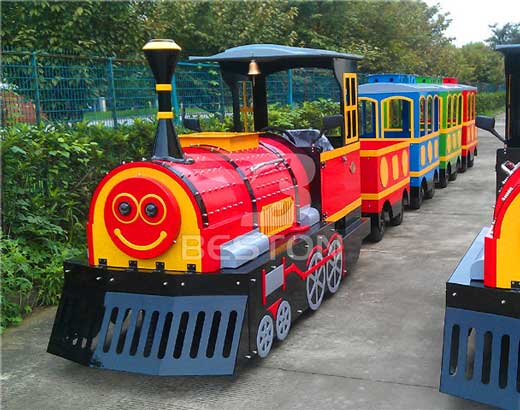
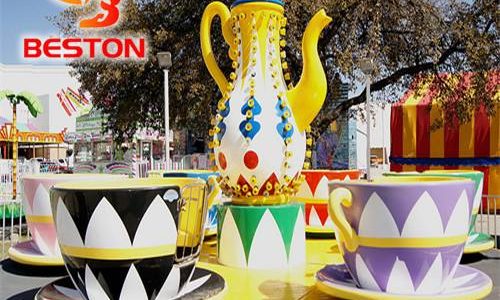
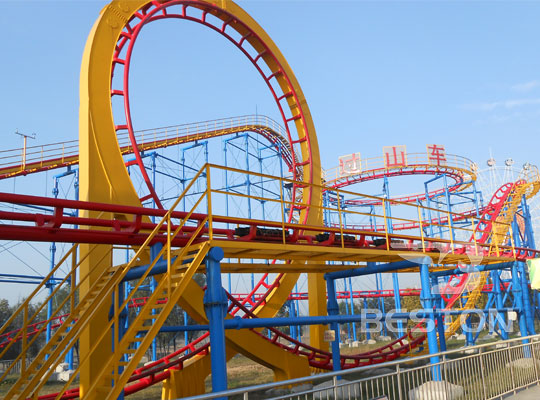 Carnival rides are fun and exciting, but a lot of people aren’t sure how much they cost. If you’re going to open your own park, then you’ll want to know how much you’ll probably spend on rides. With that said, below are a few factors that play a role in the
Carnival rides are fun and exciting, but a lot of people aren’t sure how much they cost. If you’re going to open your own park, then you’ll want to know how much you’ll probably spend on rides. With that said, below are a few factors that play a role in the 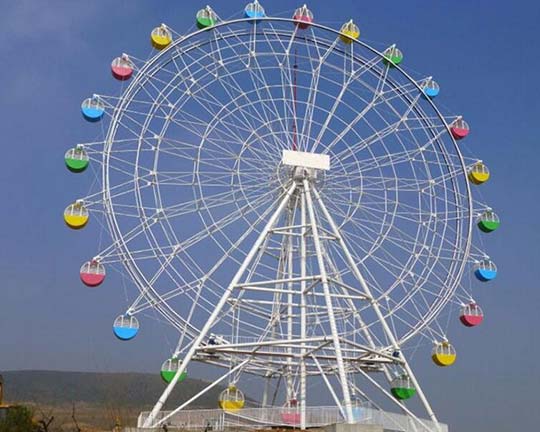
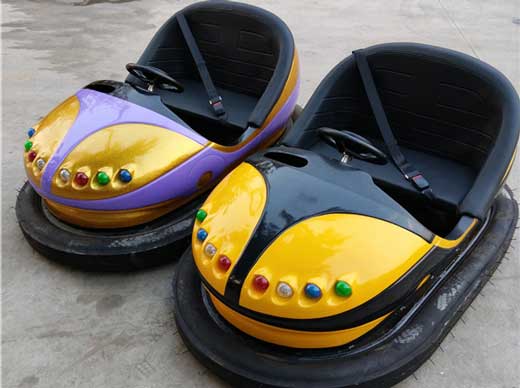
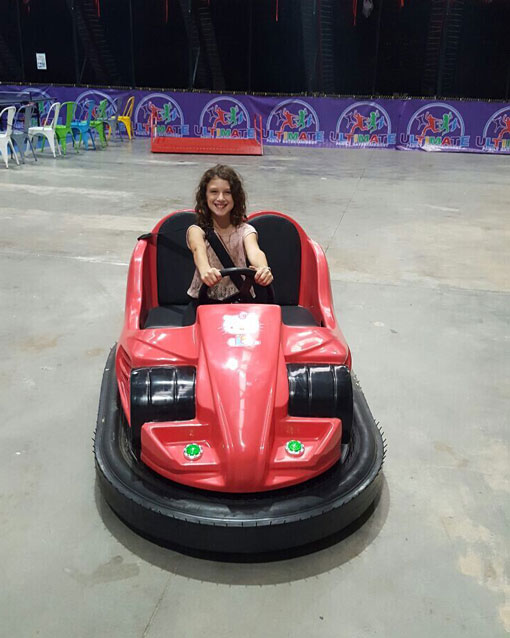
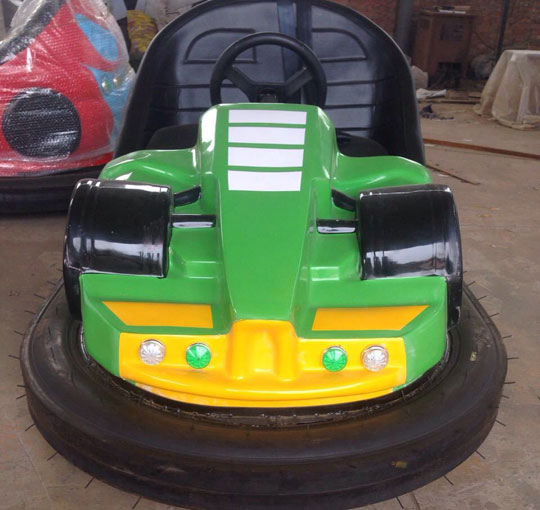
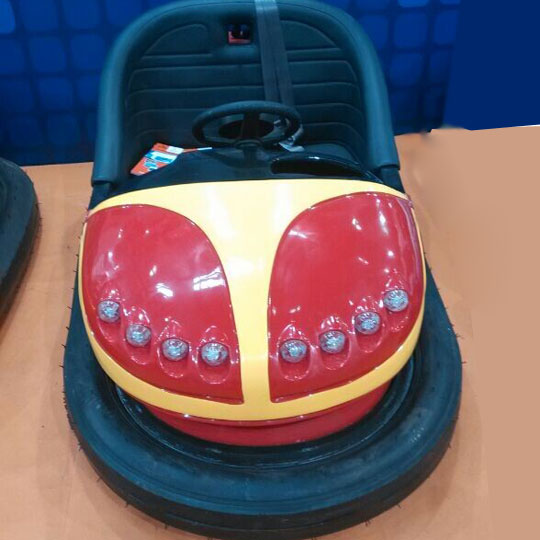
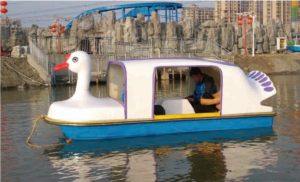


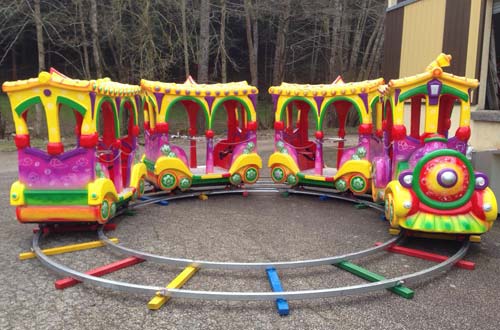
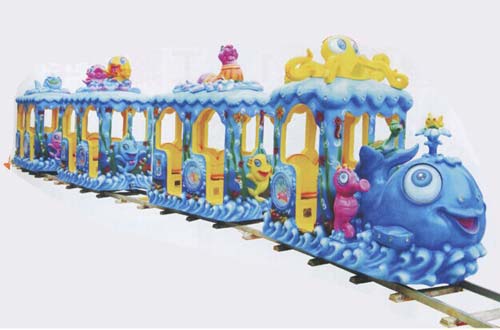
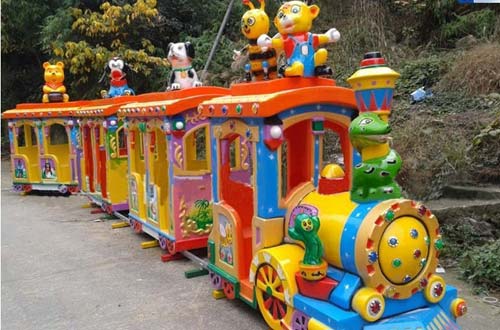

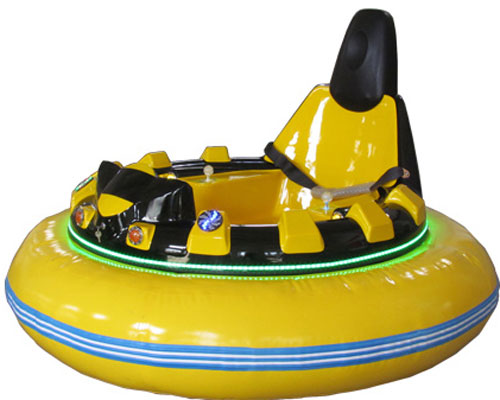
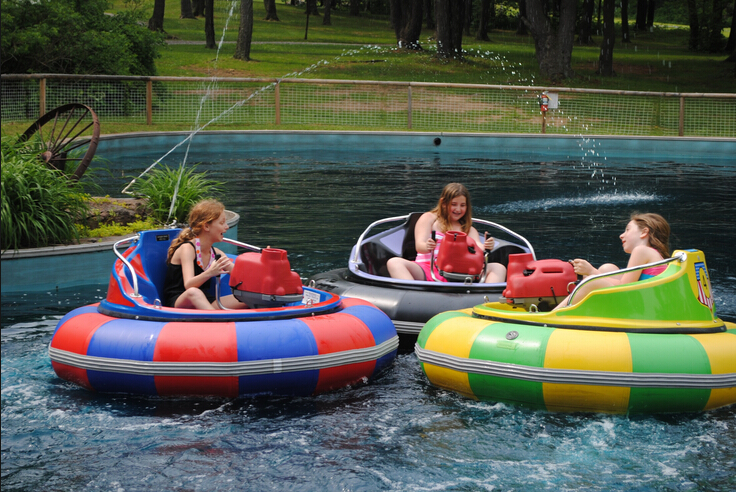
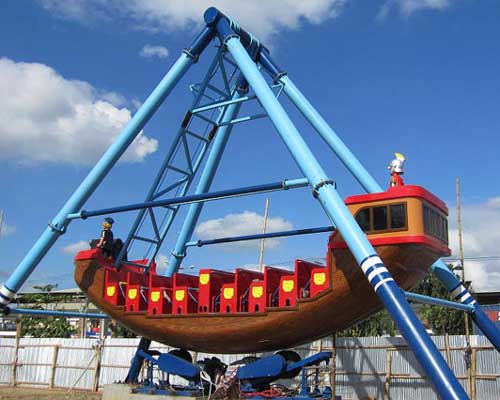
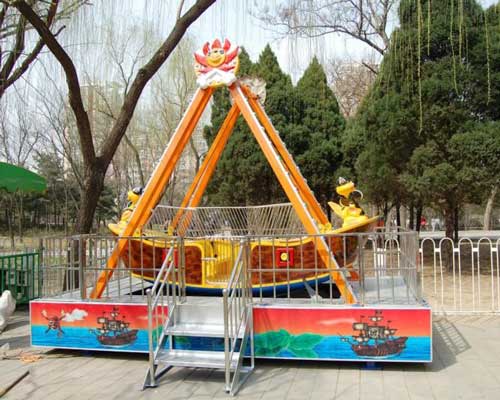
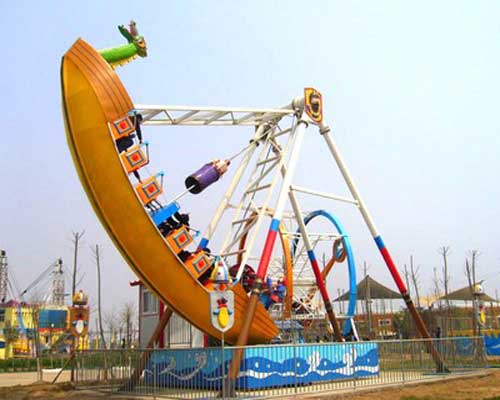



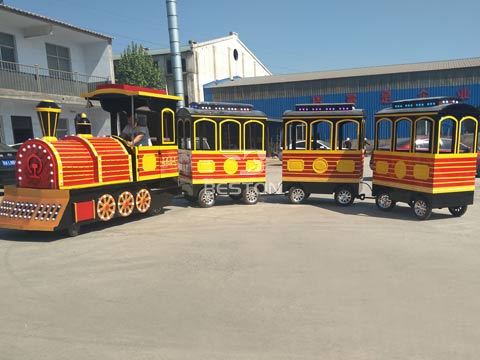 They Make A Great Photo Op
They Make A Great Photo Op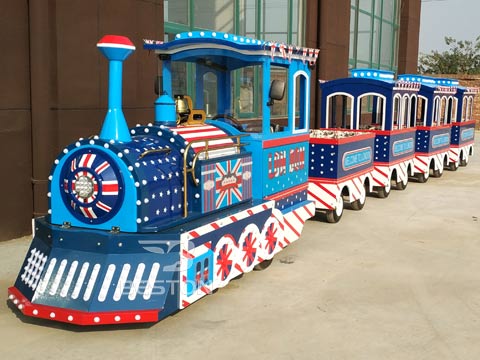 While most rides and attractions are completely safe, some of them can feel dangerous. Thankfully, that’s not the case with kiddie trackless trains in Beston. They’re 100% safe, and nothing about them feels risky.
While most rides and attractions are completely safe, some of them can feel dangerous. Thankfully, that’s not the case with kiddie trackless trains in Beston. They’re 100% safe, and nothing about them feels risky.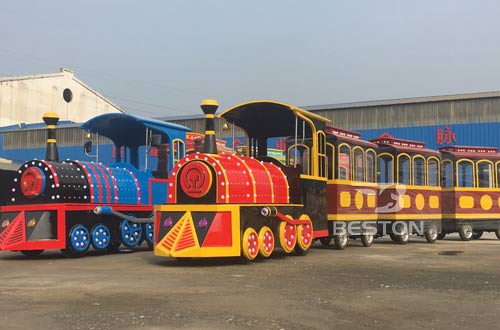 They’re Affordable
They’re Affordable